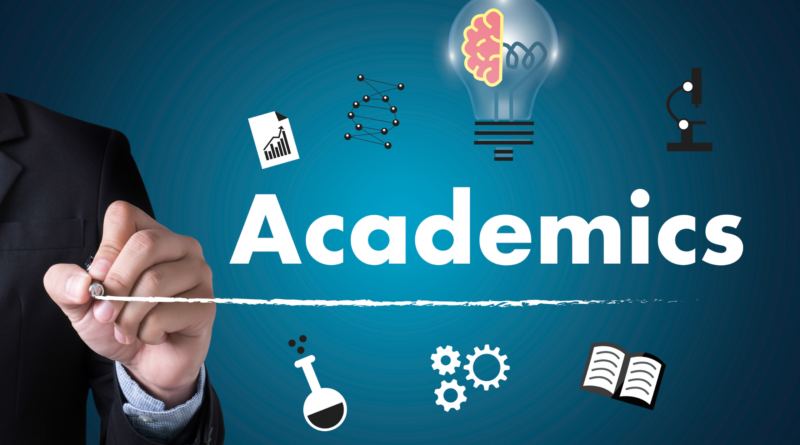Higher Education Ahead, Innovations Galore Like Never Before…… Part 4
Digital Learning Value-adds:
Incorporating big data analytics and content management, educators can develop an individualized curriculum that enhances how each student learns (e.g. playlist of learning content in WiseWire changing for each student). Many in the West have started the use of the millennials’ language and style: Khan Academy video lessons, YouTube use, distinct style and language for young learners. Twitter, Tumblr, Snapchat, Imessage, Instagram, Facebook & Whatsapp are being creatively integrated with school education. There is a case of a management school in India, where the professor sends a 3 minutes interesting video on the subject he is taking up next through group whatsapp to increase interest in the batch towards the topic being taught.
In the US, the smart-phone applications like Socrative and Plickers are helping teachers interact and assess students’ progress, collaborate via cloud-based applications to work and solve a common goal. Teachers can publish real-time quizzes and polls for students via mobile devices to keep them engaged.
Further, using anything from iMovie to WeVideo, learners can create video as a learning resource. YouTube (with privacy settings) and SeeSaw or Flipgrid are also alternatives learners can make use of. The benefits of SeeSaw and Flipgrid are that students can add voice recordings or text sharing feedback with peers. Students became the co-creators of content and as a result, more engaged, including their parents. Useful apps like Book Creator, Explain Everything and EduCreations can be utilised towards this end.
There are various software used to create digital content, like Camtasia, Raptivity, Captivate, Articulate Online, etc.
Yes alongside, social media use extensively will support learning online. Facebook Page can broadcast updates and alerts. Facebook Group or Google Hangout with advanced features in G-suite can stream live lectures and host discussions. Twitter can act as a class message board. The 256 characters help to keep messages succinct. Instagram can be used for photo essays. One can create a class blog for discussions. There are many different platforms available, such as WordPress, SquareSpace, Wix, Blogger for that. And, one can create a class-specific Pinterest board as well.
Digital Assessment & Evaluation:
Online quiz, open book examination with time-managed and proctored question paper delivered online, applied questions not based on memory but comprehension, telephonic interview etc have been the usual ways of digital assessment and evaluation of learning.
Assessment refers to learner performance; it helps us decide if students are learning and where improvement in that learning is needed. Evaluation refers to a systematic process of determining the merit value or worth of the instruction or programme; it helps us determine if a course is effective (course goals) and informs our design efforts. Assessment and evaluation can be both formative (carried out during the course) and summative (carried out following the course). There can be many ways for the same. Mentors can make learners aware of expectations in advance (e.g. one week for feedback from deadline) and keep them posted (announcement: all projects have been marked). For example, one can create tests that are multiple choice, true/false, or short answer essays and one can set the assessments to automatically provide feedback.





Woah! I’m really loving the template/theme of this blog. It’s simple, yet effective. A lot of times it’s challenging to get that “perfect balance” between usability and appearance. I must say you have done a great job with this. Also, the blog loads very fast for me on Firefox. Exceptional Blog!